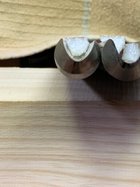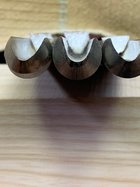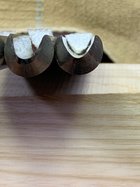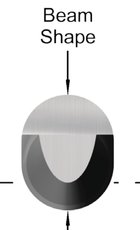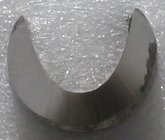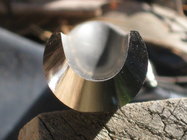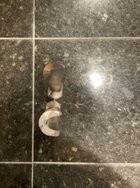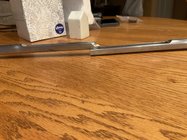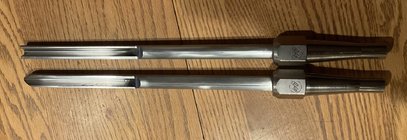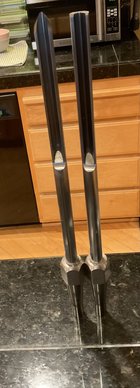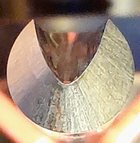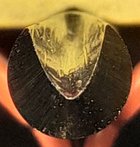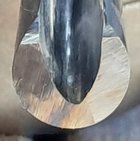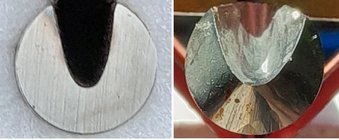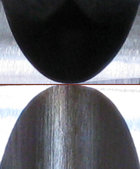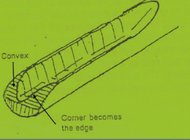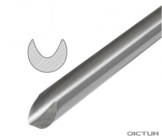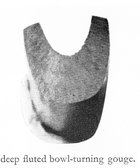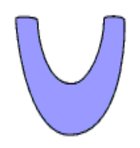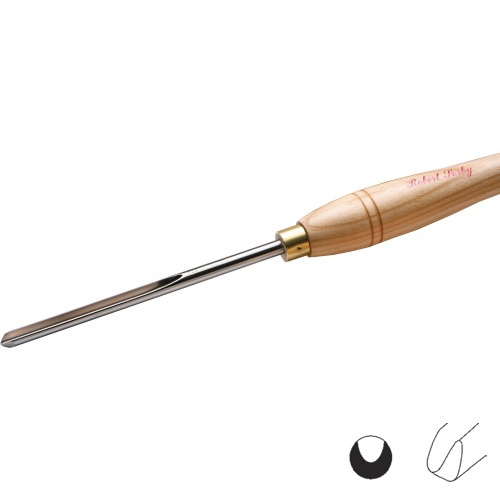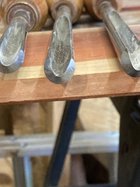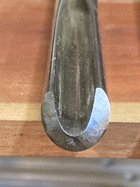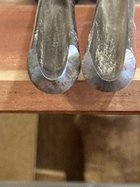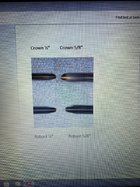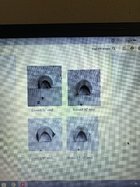I’ve used parabolic bowl gouges for a number of years and wanted to purchase another one late last year. I chose to purchase 3 Robust gouges (3/8”, 1/2”, 5/8”). Errantly I assumed all parabolic grinds were essentially the same with 5/8” bar gouges all having 1/2” flutes, etc.
The 5/8” is my ‘go-to’ bowl gouge and I couldn’t figure out why I kept gravitating back to my Crown 5/8” vs the Robust 5/8”, especially finishing cuts etc. A week or so ago I started investigating further and found the Robust 5/8” flute was significantly narrower leaving the bar on each side of the flute significantly thicker. When I compared to an older Henry Taylor 5/8” I found that was also very similar to the Crown.
Interestingly this same relationship of the flute/bar did not carry to the 3/8” and 1/2” Robust gouges, their flutes were wider more like other parabolics I’ve used and much more comfortable to my use. In fact, the Robust 1/2” bar gouge has a flute nearly as wide as the 5/8” bar Robust gouge. The inconsistency within a manufacturer across bar sizes surprised me a lot.
I don’t know for sure, but I think this is the crux of my preference for the 5/8” Crown over Robust. I want to get another 5/8”, but think I’ll wait a little until I’ve used the Robust even more and see if I can force myself to be more comfortable with it, or if I keep going back to the Crown (I like some other attributes of the Robust including it’s flat top and where it comes from).
Attached are some pics I took before I remembered this thread and so didn’t follow
@Neil S conventions. I also apologize for the screenshot pic but I’m having difficulty combining pictures
I’ll also add my thanks again to
@Neil S for the info contained in this thread AND my support again of his summarizing all of this into an AAW article


